|
Children from the Child Rights Club we support in Loco slum, Uganda have recently organised a clean up day in their area, inspiring the adults to join in and attracting other children to the club. 30 children from the Club, based in the Ugandan Railways Primary School and supported by Children on the Edge Africa, came up with the idea when they created their Club’s work plan at the start of the year. After they decided they wanted to have a day to spruce the area, Children on the Edge provided some equipment, and the Loco Child Protection Team also bought shovels along, with a few of the team members helping out on the day. The area was swept and tidied, with rubbish being gathered and burnt. Ashwin Ndlovu, who is currently out in Uganda supporting the development of the team’s Monitoring and Evaluation said ‘They were so organised and enthusiastic. They all put on their child rights T-shirts, and the girl that was leading it was brilliant. She was very confident, and went around to people’s houses, talking to adults about children’s rights and what the Child Rights Club does”. One member of the Child Rights Club lives in a neighbouring community, but he came to Loco to help his team members clean their community and share information with parents about child rights. He said “I don’t live here, but I came to help as children have the right to live in a clean environment”. A few more children followed along, asking how they could join as they were inspired by what the other children were sharing. After the cleaning was done, they went back to the Primary School for some porridge and a workshop led by the children themselves. They sat outside and talked about how to stay safe from abuse, chatting about situations they have been through and what they find difficult. They talked freely with our social worker Babra, and the patron of the Child Rights Club, saying that they find it harder to talk to their teachers. One girl said ‘My Stepmother gives me all the clothes and I do the laundry by myself. She doesn’t ask her own children to do this, and I have to wait until the other children finish their meal each day and eat the leftovers”. The children were glad to be able to talk, and also shared some positive comments about the project. They talked about how much they like to play in the new Loco playground outside the Early Childhood Development Centre, when all they used to do was go to Jinja town to pick up scrap. Watch this space to see what new ideas the Child Rights Club comes up with this year, and find out more about the wider project here. ‘We sleep in the rubbish’ - Children are leading the way, identifying needs in Katooke slum22/1/2018
We support nine Learning Centres in the slum areas of Cox’s Bazar, ensuring that working children who cannot attend mainstream school can access flexible education and have a chance to rest and play with their friends.
Safiya is studying at Grade 3 level in one of our Community Schools for Working Children in Bangladesh, not only this but she is also challenging the norms of child marriage in her community.
The Schools we support here in Cox’s Bazar provide a free education in the afternoons for working children, and ensure equal access for girls. Here they have a few hours to learn, rest and play with their friends. All the students follow a BRAC curriculum and are prepared to access government schools at a later stage to continue their education beyond Grade 3. Safiya is a member of the child council and, in the recent newsletter that they publish, she talked about her feelings on child marriage. “Early marriage is a deep worry in our slums. Most of the parents commonly do it, and my grandmother is also interested in giving me away in marriage. I have heard from my teacher that early marriage is a risk to girl’s health and even their lives. Girls who have these health problems can’t be happy. Several times I have tried to explain this to my grandmother, I even talked about an example of one of my friends who married early and is now suffering. In my slum many of people say ‘Why are you studying?’ I look older than I am, so they think I should feel the same as them and stop going to school. Because of these types of comments many of my friends stopped going to school, but I didn’t do this and will never do this, whatever people said”. The schools help to protect girls like Safiya by giving them a route to stay in education. Teachers are trained to talk with children and their parents about the benefits of staying in school, and the risks associated with child marriage. Through the child council, children are learning even more about their safety, their rights and how to raise their voices. Safiya is one of the first to begin speaking out about this issue, she says “If I leave the school my grandmother will marry me off, which I don’t like at my early age. I have decided to advocate against early marriage in my slum. If my neighbours don’t hear me I will bring my teacher to explain it to them, early marriage is a risk for health and life. Everybody pray for me so I can do it”. 20 children from Uganda Railways Primary School in Loco community have volunteered to be part of a Child Rights Club, to learn about their rights (as laid out in the United Nations Convention for the Rights of the Child), how to promote them and how to advocate for both themselves and the other children in their area.
“They will be the eyes, ears and mouths of the voiceless children in their school and community” said COTE Africa social worker Nandawula Babra. The Headteacher from the Primary School helped to form the group and also appointed a ‘patron’ from the teaching staff to guide and support them as they train and plan their activities. The group, (consisting of 14 girls and 6 boys) had their first workshop last month, which was facilitated by Noah Namwano from Child Restoration Outreach in Jinja. The session covered a broad understanding of what a child rights are, what the Convention for the Rights of the Child is and what kind of activities the club will be involved with. The children will be choosing these activities based on the four themes of survival, development, protection and participation. Through these activities they will be contributing to the reduction of violence, abuse, exploitation and trafficking in the community. The day after this workshop, another Child Rights Club session was held, together with teachers, to focus on child protection. The children were invited to discuss the issue of corporal punishment at school, giving examples of their experiences, feelings and opinions on how discipline could be improved. The teachers were very responsive to these ideas, and the session went on to discuss child exploitation. Children were asked to identify perpetrators and came up with a full list of those they feel pose a danger. Facilitator Noah Namwano said “I am so pleased with the participation from the children. It just shows they have something to say, and they are just looking for the opportunity to express their concerns”. They went on to look at different forms of exploitation and what can be done to stop it. Many of the children were surprised, as some realised through this discussion that are regularly subjected to exploitative activities in the areas. The Child Rights Club will be meeting again in the next few weeks to look at leadership and planning. Watch this space to see their progress and find out more about our work in Uganda! Children on the Edge generate hope, life, colour and fun in the lives of some of the most vulnerable children across the world. Hope is a fundamental part of this because it enables people to know that things can be different. In turn, this is a catalyst for action within the communities where we work. Living on the edges of society, surviving life in refugee camps and slums, enduring persecution or isolation are all situations that can breed despair and inertia. Sometimes when people see no evidence that things can change, they stop wasting energy believing their situation can be different. Rebecca Solnit describes hope as an axe, rather than a lottery ticket, and says ‘To hope is to give yourself a future, and that commitment to the future makes the present uninhabitable’. In his 1930s ‘Treatise on Hope’, Ernst Bloch says that hope requires people to ‘throw themselves actively into what is becoming, to which they themselves belong’. To us, this speaks very strongly of the importance of hope in sparking community ownership, participation and action. Hope gets people on their feet and inspires them to become actively involved in creating change, instead of resigning themselves to the difficult circumstances they are living through. We have seen this scenario many times in the situations we work, and it’s why generating hope is one of the core elements we focus on. We encourage it through our relational approach, and it is the key to community ownership in our projects. Here are two examples: 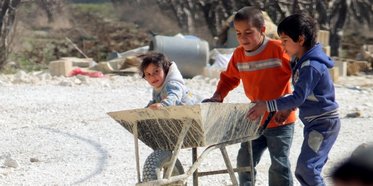 In Lebanon, when our partners started working with Syrian refugees in the informal settlements in Bekaa Valley, many people they met had given up. Project Director Nuna Matar described how “Often groups of people would be sitting around doing very little, they didn’t see what they could do to change anything. Big organisations would come and count people rather than talk to them, leave resources that they didn’t need, like electric heaters when they have no electricity. Refugees want to be known as people, not numbers! This doesn’t build hope, they started to sit there powerlessly, wondering what would be dropped off next”. When our partners started to talk to people about education for their children, some of the men said ‘Are you going to build us a school?’, so the team put the question back to them. ‘Are you going to build a school?’. After a long time of believing nothing could change, they had lost motivation, but the team here built relationships with them, encouraged them and worked alongside them. The fathers became instrumental in the construction of schools, and later on even the building of a new refugee camp. The women are fully involved in the education programme, many being trained as teachers and instigating their own literacy classes. The children have been engaged in designing the camp, they especially liked helping out with building the play area! We are now supporting the education of 500 Syrian refugee children, whose aspirations are rising, as are those of their community. 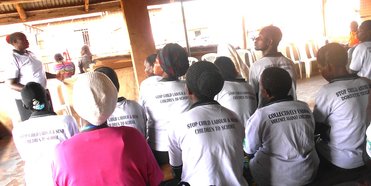 One year ago in Uganda, when we visited Loco slum the people there said they had no hope. Unemployment and income poverty here has left households vulnerable and their children are prone to exploitation, malnutrition, physical and sexual abuse. The Chairman of our Child Protection Team (CPT) in Loco, said “People here have had many organisations come and start things and then go, promise things and then disappoint, they didn’t believe things could change”. Using the CPT model means that work here is totally owned by the community. Babra is a social worker for COTE Africa, she describes how “ The community participate from the start. They identify the problems, they identify the solutions”. Ten local people are trained up to work in their area as part of the CPT, to educate people about child protection and support them to create a protective environment. These people are volunteers, and all the work they do is out of dedication to their community. As the people they work with start to see that things can change, it encourages them to take more action. A year on we have the full participation of local people, not only the CPT volunteers but also parents getting involved with education, mothers creating new businesses to pay for their children to go to school and local services engaging with the Loco community to create a better environment for children. The Chairman now describes how “People see workshops, they see a team that deals with their problems, they see a drop in domestic violence and crime, they see their children on a playscheme and a new Early Childhood Development Centre being built, and it gives them hope. These things have never happened in Loco. Hope is knowing things can change”. These are just two examples of how hope brings action in our work, but if you visited any one of our projects you would see the same values. Thank you for your support in generating hope and bringing change in the lives of children living on the edge.
Read our earlier blog: 'What do we mean when we talk about hope?' Children on the Edge supports children to realise their rights, be free to express their views if they would like to, and influence decisions in matters effecting them. It’s a central part of the Convention of the Rights of the Child and not just a theory, but something that enables their active participation.
In Bangladesh where we support Community Schools for Working Children, we have established child councils to represent the voices of their friends and contribute to decisions about the running of the schools. They have not only been growing in confidence and self expression, but they are actively involved in making their environment creative and colourful and ensuring that play is a central part of the life of the schools. To do this they have organised a regular ‘Play-day’. Each Thursday the child council members divide into different groups and arrange various creative activities, fun and games. As well as this, they spend time making their environment clean and beautiful, both at home and at school. This involves cleaning, gardening and making decorations for classrooms. One representative from a child council said “Most of the time we are busy helping our parents with our domestic and outside work, after study we have very limited scope to play. We feel bored. Thursday brings different feelings for us”. Another said “I become independent on this day. I mix with all teachers and my friends freely. I can take something to play as my choice. I get more joy on this day.” The teachers also see the benefit of having play as a priority in the week. Asma says “Playing day is a big gathering for us all together. Students are chirping, playing and dancing. We just love it. Having this day means that children gets refreshment, become self-motivated to attend school regularly and study too. It also benefits their friendships and the sports competitions boost their confidence in doing their best”. The day not only improves wellbeing, relationships, confidence and motivation, but it has an impact in the wider community. Nazia is 10 years old and lives in Kutubdiapara slum. She has a brother and three sisters. Her father is a mechanic and her mother sometimes makes pickle to sell at the market. Nazia says “I recently made a vegetable garden at home with my mother. I have planted radish, brinjal, vegetable leaf and tomato. Every week this brings money to support my family. I have been encouraged in how to do this from my school activities. There is a flower and vegetable garden which I have created there with my friends. This made me realise I can do it in my home and I share it with my mother. My mother said because I am younger I am lots of hard work, but she was happy to see my interest in the garden and helped me to make it. Now I have a nice vegetable garden and my mother is saying all the time; “Education is a big thing!”. I am very happy. I have done something for my family”. Cleaning at home and at school has changed the mindset of the children and also made a difference in the areas where they live. Talking to one group of parents (Imam, Habibullah, Senuara, Rina and Parvin) who live in Amtolirchara area, they described how the children have changed the area: “In our community there is a Mukti school and our children study there. Every two months we attend a parent’s meeting where we learn many things to do with looking after children and hygiene. We try to maintain it, but most of the community people are using an open toilet. It is polluting to the environment and our lives. Our children do a day where they play but also learn about having a clean environment. Sometimes they say to us how in their learning books there is a good latrine and ask why are we are not making one? Our children feel uncomfortable using the open one. We were unaware about this before, so now many of us in our community are using the sanitised latrine. Our children and the school have changed many of our views.” Mamun Rashid who oversees the child councils says “We asked the child councils to tell us what was in their minds and what they wanted to do. They said they wanted to live clean and try and make their environment nice, they were motivated to do all of this themselves. They have become courageous”. The Community schools currently provide education for 900 working children, enabling them to learn, rest and play with their friends for a few hours each day. You can find out more by going to our project page and support this work by making a donation, signing up as a regular donor or taking on a challenge! A year on from forced evacuation - Syrian refugee children have made their ideas a reality15/12/2016
Last December, the Lebanese military entered one of the refugee camps where we were supporting work with Syrian refugee children. They ordered an evacuation, giving camp dwellers a week to take down their tents and leave. They did this in many camps along the sightline of the Lebanese Syrian border-point because of a potential terrorist presence. This meant there was no alternative camp for refugees to move to in the area, so we supported our partners to find new land and build their own camp for refugees.
During this eviction period, as families were trying to come up with plans for where to move, our local partners took all the children that were being evicted on a field trip. They thought it would do them good to be distracted, especially as they sensed many of them were feeling anxious about the military returning. When the military showed up the first time they intentionally intimidated the Syrians: they came in their full attire, brought their tanks and weapons, and threatened to run over the tents with their tanks if the Syrians weren’t gone in a week. Our partners gathered the children and took them to land owned by a local convent, which has some beautiful grounds. Here they could run around, wade in the lake, and enjoy the fall leaves and vineyards. The trip was incredibly successful and the children were talking about it for weeks after, showing their parents photos, with their minds distracted from their current situation. They also used the trip to start conversations about how, together, they could shape their future home so that it has some of the beautiful elements of the gardens they visited. It was a great opportunity to talk to them about the power they have to care for their environment, cultivate it, and enjoy it. They also to discussed how their choices make a difference, how even small, simple things can have big impact. This could be avoiding littering, or starting a small garden next to their tents. When the new camp began to be built, teachers and students were encouraged to be a part of the moving process: brainstorming ideas and dreams for the future plot of land, involving the adults and older children in the building. One teacher described how “I really like that we teach the children to make conclusions instead of pointing everything out to them.” The conclusions the children reached about the new camp, was that they would love some gardens, they wanted a clean, safe area and most of all, a playground! A year later and all this is a reality. The new camp is the only settlement in the area with tents spaced strategically to allow access for services. Other camps tend to end up as a maze like sprawl of tents , there is electricity for light and safety and all the residents are part of a cooperative where they influence the running of the day to day life. Nuna Matar, who heads up the work in the camp says of the new playground “The children are using it to the full! For the children, having their own space where adults have no business being in has proven to be very beneficial”. Alongside the provision of education in the camp, creating a child friendly environment with colour and play as a central part of life is crucial for children who have experienced trauma to gain a sense of security and normalcy. You can support this work over Christmas by giving to our Season of Hope Appeal or perhaps in the new year take on a fundraising challenge! One year ago we updated you about the progress of the child councils in our Community Schools for working children in Bangladesh. Child councils are an opportunity for children to express their views and those of their classmates. There are six child councils currently running for the 18 different classrooms. Each council has 10 members and meets twice a month, once with their teacher and once with Mamun Rashid who is a project officer on the ground. These councils are a space where children can give their opinions and suggestions about how the programme is being run, talk about issues that are affecting them, learn about their rights and communicate them to their friends and families. This time last year, the councils had been running for about 10 months and the children were just starting to speak about some of the changes they would like to see. They were beginning to get to know their classmates in order to find out their feelings on different subjects. At this point they were still very shy and quite hesitant to express their views. Recently we have visited the project again, and spent the morning with one of the councils. They have now been fully participating for two years and over this time the children have grown tenfold in their confidence. They have also developed a thorough awareness of what a child is, what their rights are and can easily list them off to whoever will listen! Asked about the benefits of child councils, Mamun said “The time spent in the council is good for the children because they now know about child marriage, child trafficking and child abuse. Without the child councils they wouldn’t know this information. At the beginning they didn't know who was a child or what that meant. Now they understand that it is important and they should be protected. They know that the law protects them”. Awareness of trafficking and abduction is developed in different ways, sometimes with role play, testing them with offers of sweets and chocolate to which the children reply a resounding ‘NO!’. A big part of their role on the council is to then take this information and communicate it to their classmates and friends. One council member called Saliha said “Whatever we learn from child councils we can express to our neighbours, they thank us and so it is good for me.” When asked how their lives have changed since being on the child councils. Nayeem, aged 10 said “ Before we joined we didn't know about abuse, trafficking and child marriage. Now we can raise our voices, we can make requests and we can discuss our problems with the teachers and Mr Mamun and get some solutions. Also we are more important!”. Members of the council take an active role in helping students who are struggling with their school work through an after-school tutoring club. Rehena, aged 11 says “I like being able to teach another student, like I am a teacher!”. If a student doesn’t arrive for lessons, they will find out if they are okay. The children also discuss any problems their friends might have, whether in school, their family or elsewhere. If anything arises from these conversations they bring it to the child council meeting to share. Depending on what the situation is, our local partners might refer the child for counselling, involve the teacher, local family planning agency or village development committee. On a more practical level, the councils discuss how the schools are running and make suggestions or requests for various changes. This can be everyday things like school maintenance, repairs and furniture, or it can be finding solutions to challenges students face in the classroom. So far they have procured benches instead of floor mats for classrooms, ceiling fans for hot days, increased the number of playtime facilities and equipment, ensured a supply of daily nutritious snacks, arranged a singing and drawing teacher, persuaded planners to build a new school with brick rather than bamboo and taken on the responsibility of developing outdoor garden areas! From a more social level they have a strong influence in their classes, preventing their fellow students from being disturbed if another child is being distracting, or even making sure that their friends get home safely and are safe from bullying. They’ve also asked staff members to address some problems arising from having age differences within the same class. Finally, the councils collect stories, art, and poems for the quarterly newsletter. The children help choose which pieces are most worthwhile for publication. This newsletter is proving to be very popular with all the students across the nine schools, and is also being shared with local agencies and government departments. There is more interest than available space for the publishing of poems, art, and articles written by the students. Saiful, aged 9 says “I like being able to collect the stories and poems from my friends, it gives me happiness.” International Director, Rachel Bentley says “We have a strong focus on developing child participation in all the organisations we support. Giving children a voice is a central part of what we believe in as a child rights organisation and we’re delighted to see how this is progressing with the child councils in Bangladesh.” Read about the work we do in Bangladesh providing education for working children
Could you help contribute to this work by selling our ‘Season of Hope’ wrapping paper? Want to take on a challenge to support these children? Find out more. For a quick donation simply text EDGE16 and your amount (£1, £2, £3, £4, £5 or £10) to 70070. In early September unprecedented water levels created destruction across Bihar State, India, with 213 people killed, 2190 villages underwater and thousands of people displaced to relief camps. In this area we support a number of education projects for Dalit children and at the time we launched an appeal to help our local partners (Navjeevan Educational & Social Welfare Society) who were heavily involved in the relief effort. Thanks to the generosity of our donors we were able to contribute to the work of Navjeevan who focussed on providing for immediate basic needs (i.e food and clothes) and worked to link affected families with government and non-government organisations for further help and support. Not only this, but because our partners work in education, they engaged local school children in helping with the packing of relief materials ready for distribution and spent some time sensitising local young people about the suffering of the flood victims, motivating them to help. This had incredible results. Sister Veena who leads Navjeevan said “Motivating the youth of the locality and inspiring them to actively participate in the relief work reduced the corruption at different levels, because they demanded that the government provided for those affected by the flood, and it reached people”. The young people worked together to mobilise the politicians to contribute. They secured funds for food, and feed for animals owned by the families affected. To protect livelihoods, every family with animals was given one sack of food and medicine for the animals. The youth group also got permission to use government land to make temporary sheds for livestock. After one protest at a government office they ensured 6000 rupees for each family affected in one block, then they went to a relief camp in the same area and asked the government to provide police protection for the people there. They also requested a free boat service for flood victims who were being exploited by those who owned private boats and were charging high fares for their use. As a result, there was both a government and a military boat service provided. Sister Veena says “Children and youth, if motivated will act promptly and generously. Everyone has something to give. We encouraged children at one of our Centres to give what they could for the flood victims.… Almost all the children contributed biscuits, rice, potato, dal, etc. One child who is very poor and only has three shirts, brought his best shirt to give to the children affected by the flood. It was very moving and challenging”. Children on the Edge is a child rights based organisation and we work to encourage child participation in all our work. This is a great example of what children can achieve when they are given the resources and the opportunity to make a difference. Find out more about the education projects for Dalit children we support in Bihar State, India and consider a donation to the flood appeal. Although the waters have receded there is still much rebuilding to be done.
|
RECEIVE OUR EMAILSBlog Categories
All
Archives
March 2024
|
|
JOIN US ON SOCIAL MEDIA
|
Annual Report | Contact Us | Jobs | Media Centre | Resources | Shop
Accessibility & Policies: Accessibility | Equity, Diversity & Inclusion Policy | Complaints| Privacy Policy | Safeguarding
Accessibility & Policies: Accessibility | Equity, Diversity & Inclusion Policy | Complaints| Privacy Policy | Safeguarding
Children on the Edge, 5 The Victoria, 25 St Pancras, Chichester, West Sussex, PO19 7LT, UK | 01243 538530 | communications@childrenontheedge.org


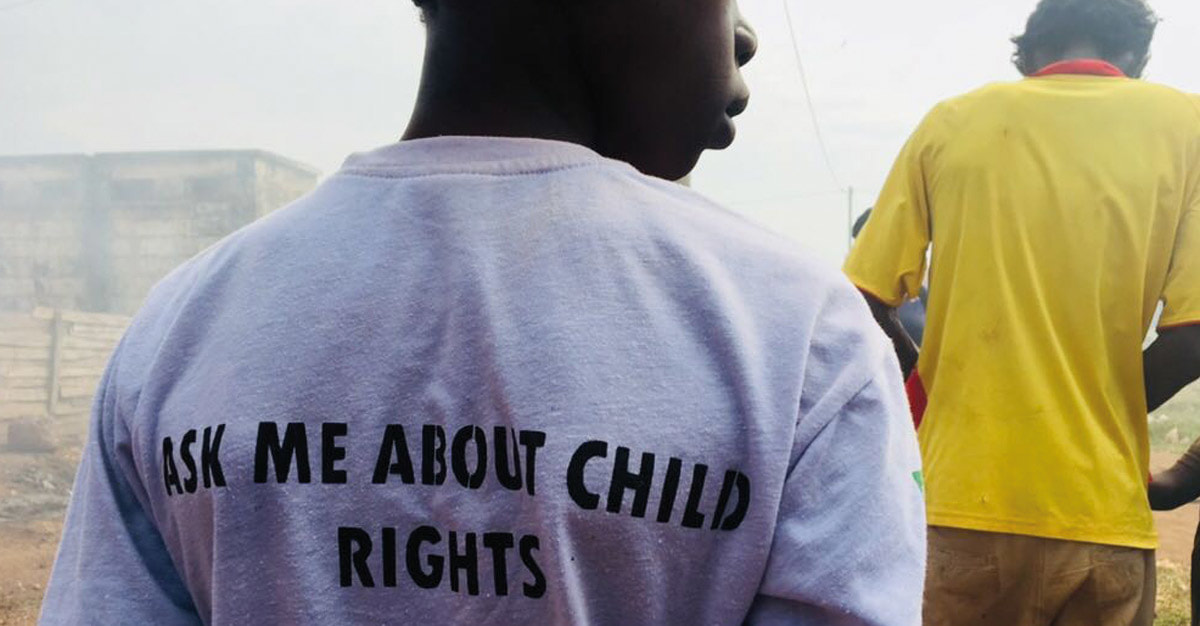
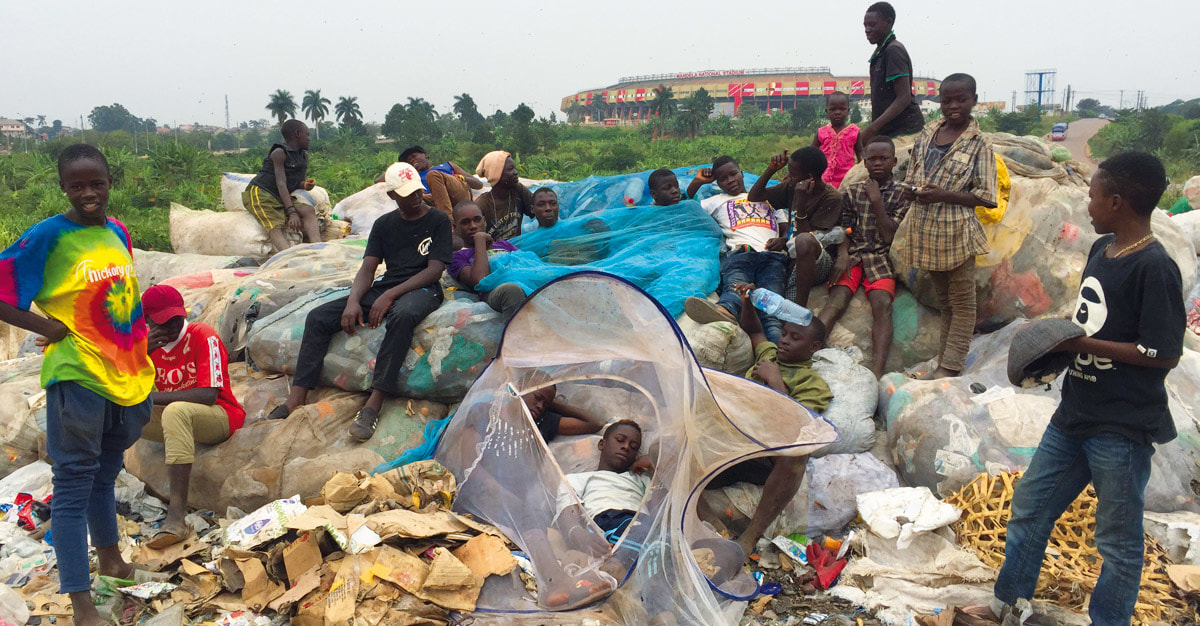
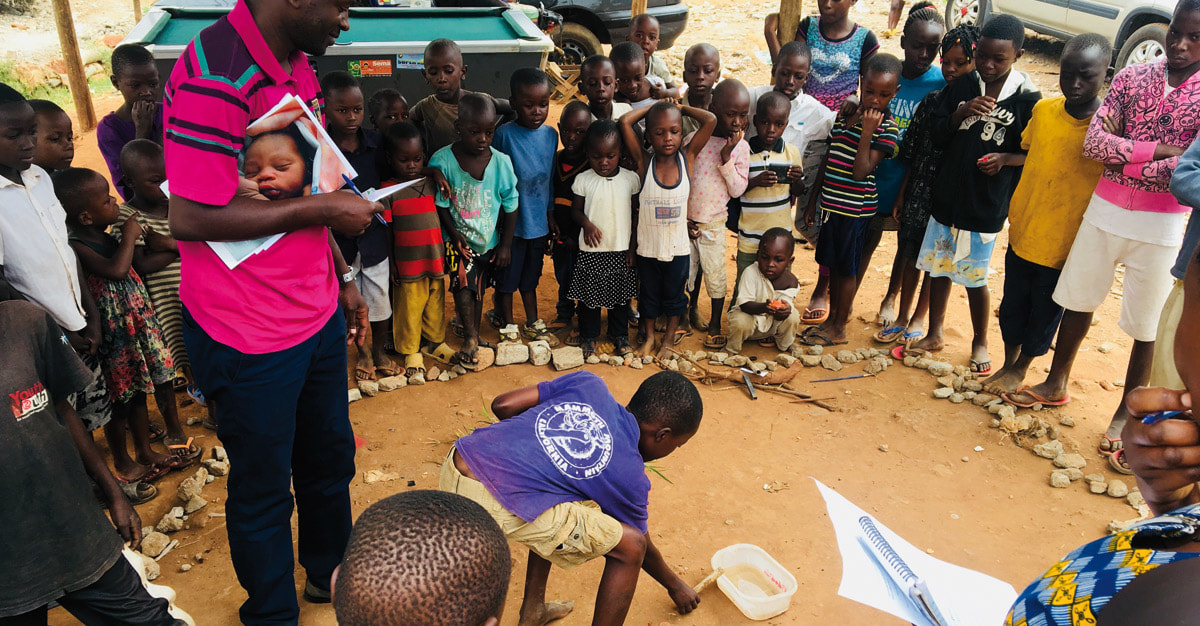
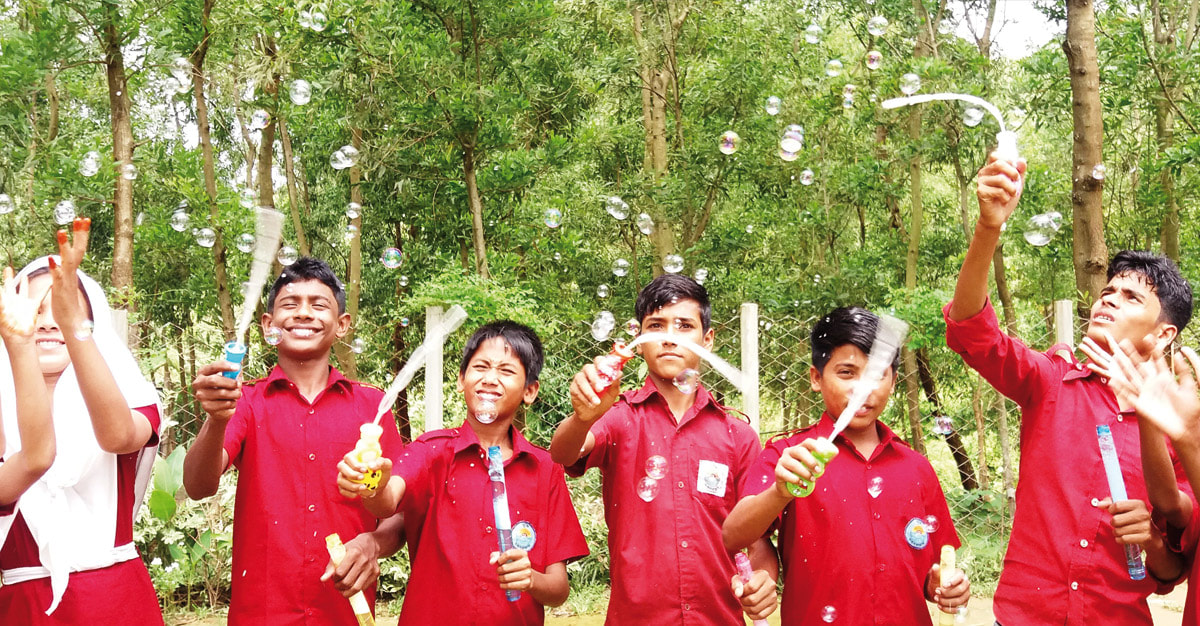
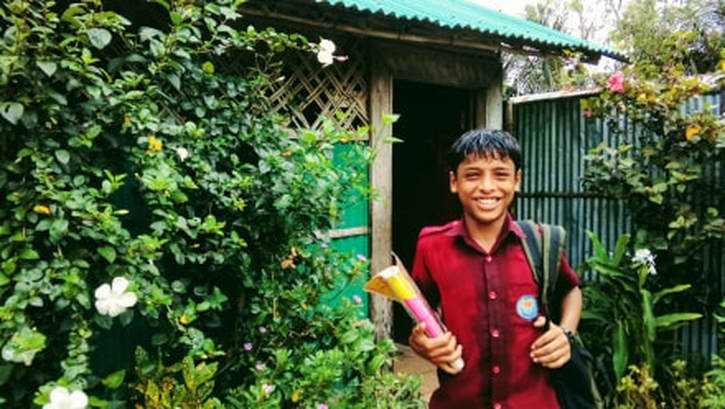
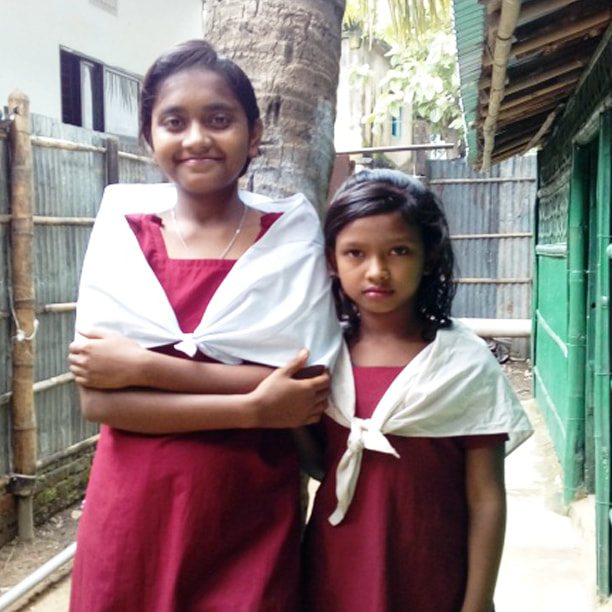
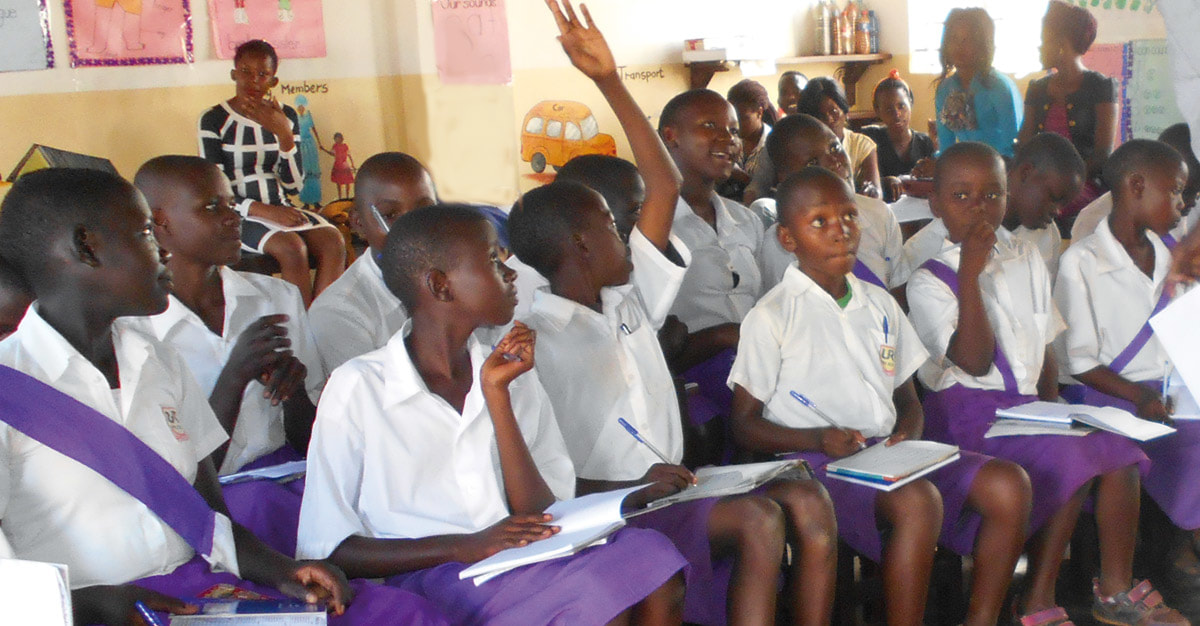
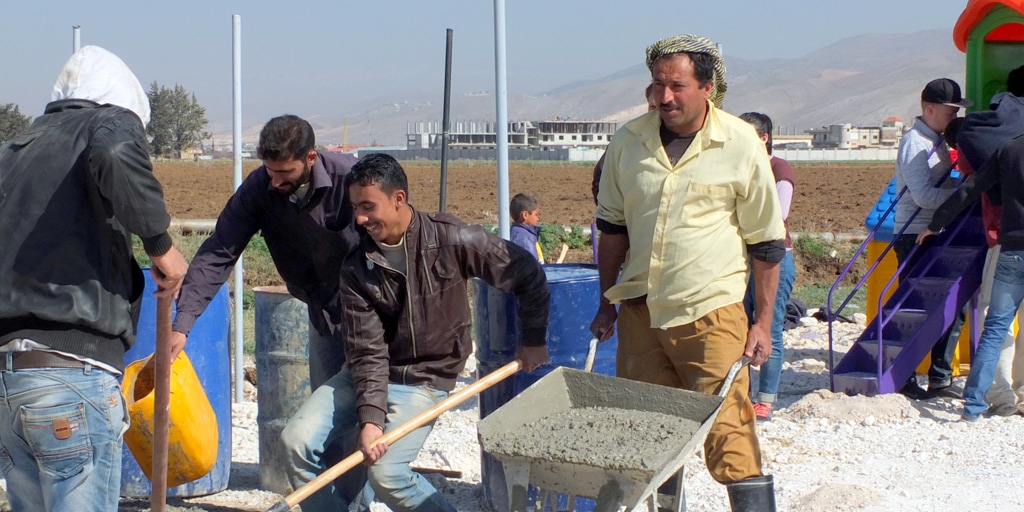
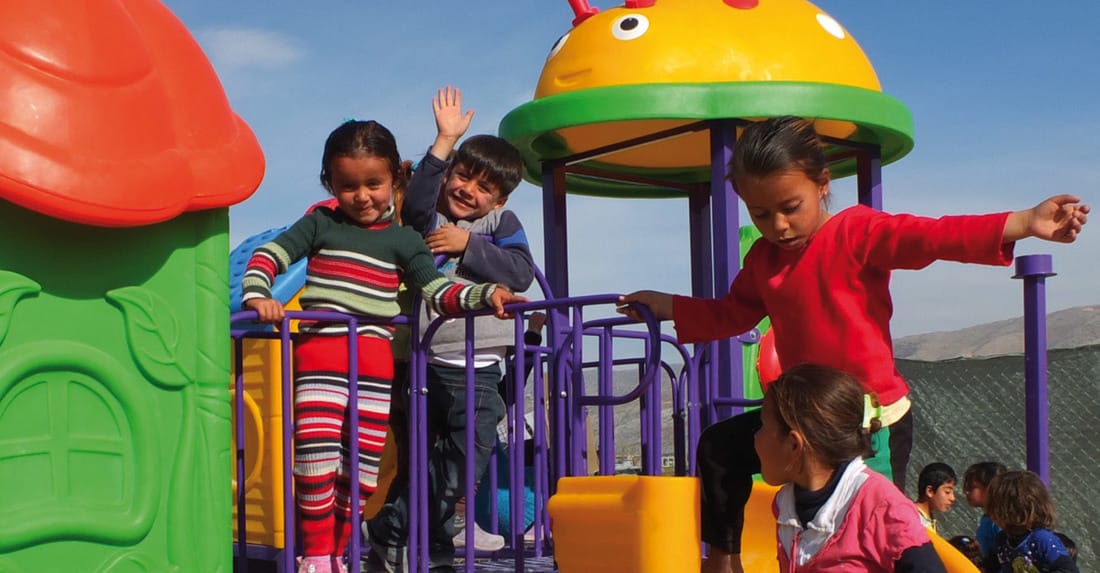
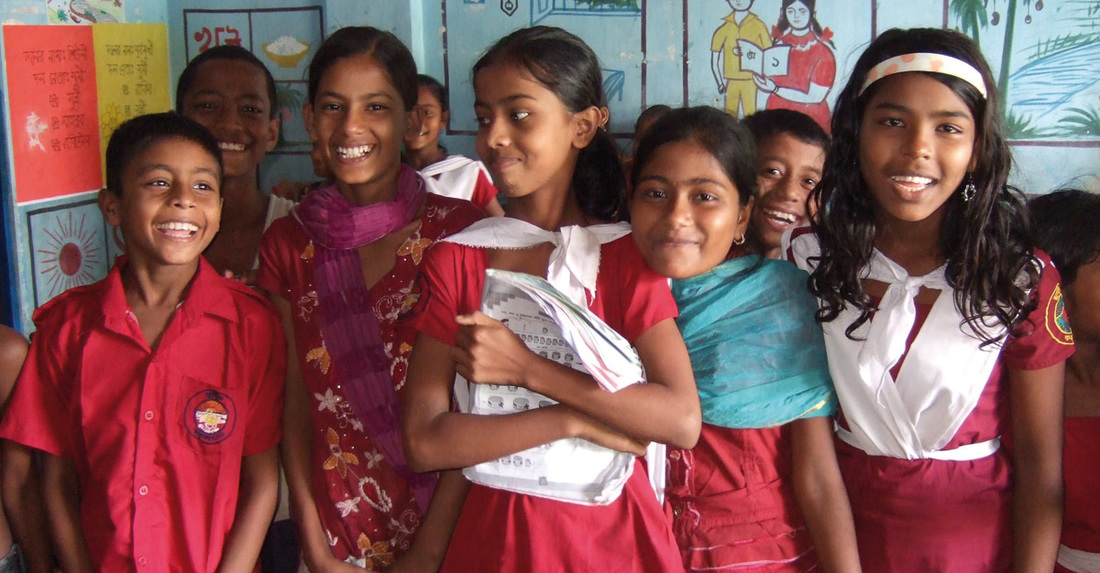
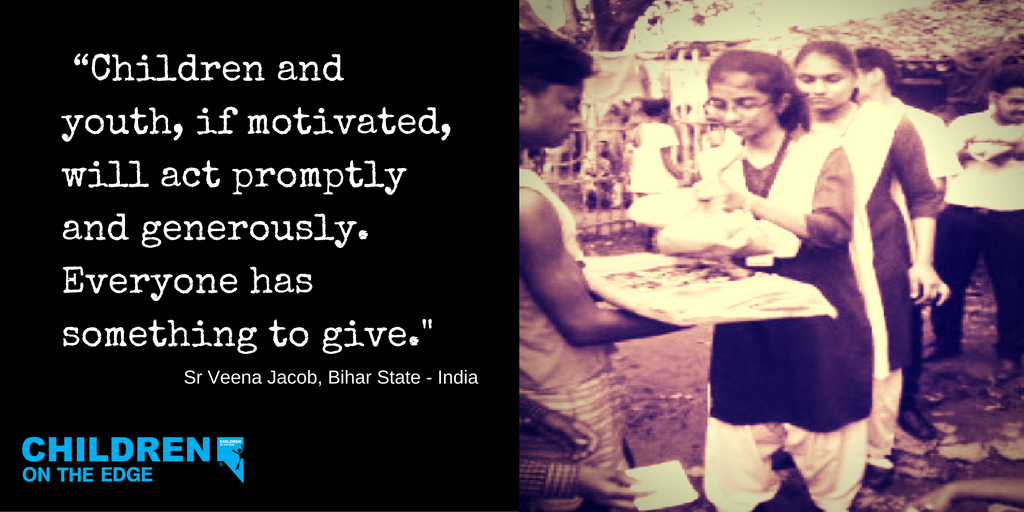
 RSS Feed
RSS Feed
